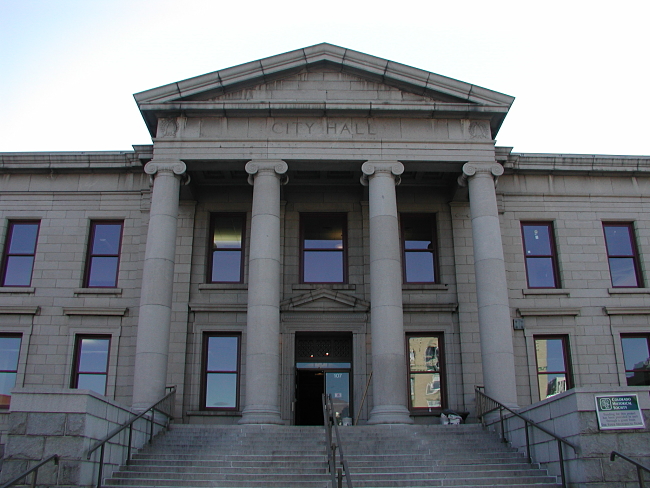SBA Records Search with Risk Assessment (RSRA)
Not all loans require or warrant a full Phase I Environmental Site Assessment – there are simple environmental reports available to screen obvious low environmental risk properties and small cap loans. An SBA Records Search with Risk Assessment or “desktop environmental audit” may be used these property and loan types. However, buyer beware…they aren’t very thorough.
Federated Environmental generally does not recommend the Records Search with Risk Assessment (RSRA) process. The RSRA process creates a false impression that most environmental risks are listed on government databases. If it were only that simple.
The RSRA process includes a review of government and historical records, the property’s NAICS code, and an Environmental Questionnaire for environmentally sensitive operations on-site or nearby properties. This information is reviewed and analyzed by an Environmental Professional who determines whether the property is “High Environmental Risk” or “Low Environmental Risk.” The RSRA process includes no physical site inspection.
SBA’s Standard Operating Protocol (SBA SOP) states that RSRA can be used when the loan amount is over $150,000 and the property type is not listed on SBA’s NAICs Codes list of Environmentally Sensitive Industries. These were formerly referred to as Frequently Polluting Industries (FPIs). These are the minimum requirements set forth by SBA. Of course, you may opt to do more than the SBA minimum requirements. And the vast majority of lenders do.
If you are bold enough to make an environmental risk decision based on a RSRA, ask that your consultant provide you with a verbal report if a “High Environmental Risk” discovery is made. Any potential environmental risks could be explored and evaluated with a complete Phase I Environmental Site Assessment, and for SBA lenders, it is required if the RSRA identifies environmental risks. Most consultants will early-on recommend you upgrade the RSRA report to a Phase I Environmental Site Assessment…not because they want to make more money but because the RSRA is quite weak as an environmental risk management tool.
Records Search with Risk Assessment (RSRA)
A Records Search with Risk Assessment includes:
- A search of government databases identified in 40 CRF 312.265 for a AAI compliant Phase I Environmental Site Assessment as well as a search of historical use records (for example, aerial photographs, city directories, reverse directories and/or fire insurance maps) pertaining to the subject property and adjoining properties; and
- A risk assessment by an Environmental Professional based on the results of the records search as to whether the Subject Property is either “low risk” or “elevated risk” or “high risk” for contamination. The choice of historical records reviewed on any particular site is at the discretion of the Environmental Professional. The report must identify by name the Environmental Professional that performed the risk assessment.
Lenders Responsibilities When Ordering a RSRA
It is the responsibility of the lender to perform a site visit and fill out the Environmental Questionnaire with the property owner/occupant when a Records Search with Risk Assessment is ordered from the Environmental Porfessional. From the SBA SOP:
“Environmental Questionnaire” means the questionnaire used by a lender to determine the likelihood that contamination may be present at the subject property offered to secure an SBA-guaranteed loan. Environmental Questionnaires must be completed or reviewed by a Lender that has made at least one site visit to the Subject Property and a good faith effort to conduct an interview with the current owner or operator of the site. An Environmental Questionnaire may be considered if it was completed up to one year prior to submission. The current owner or operator of the subject property must sign the Environmental Questionnaire.
